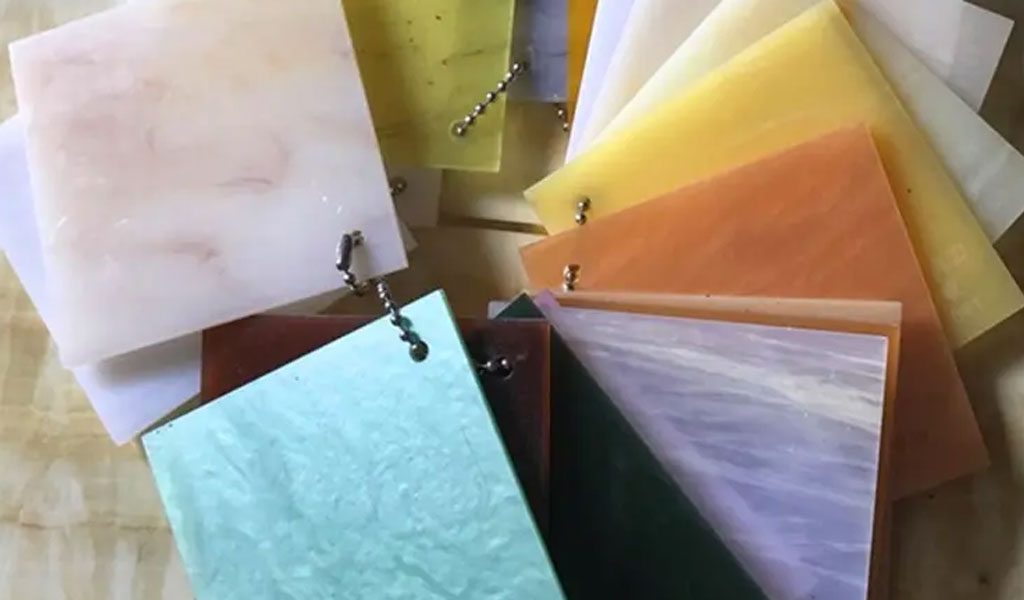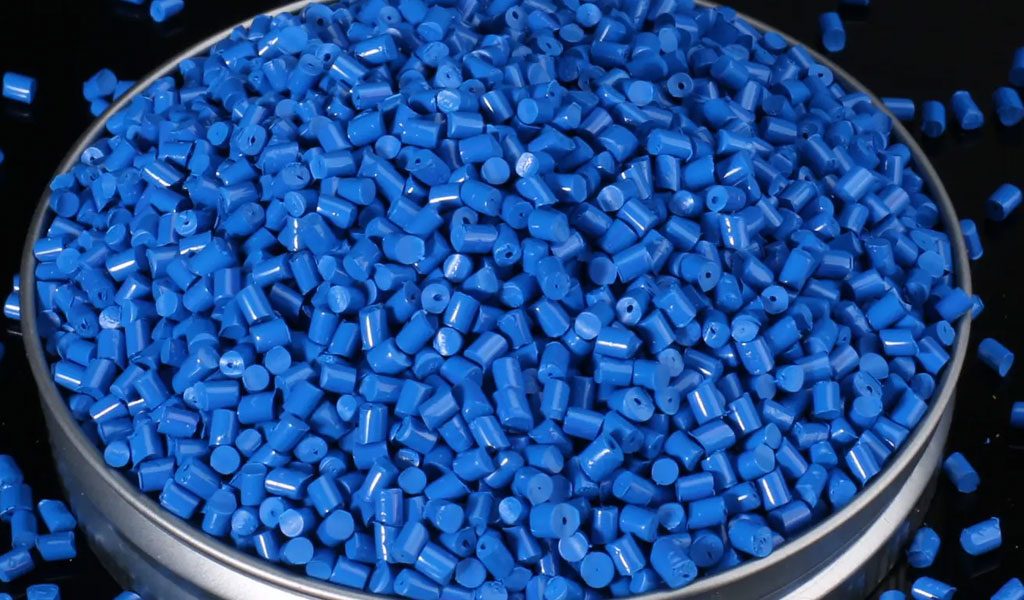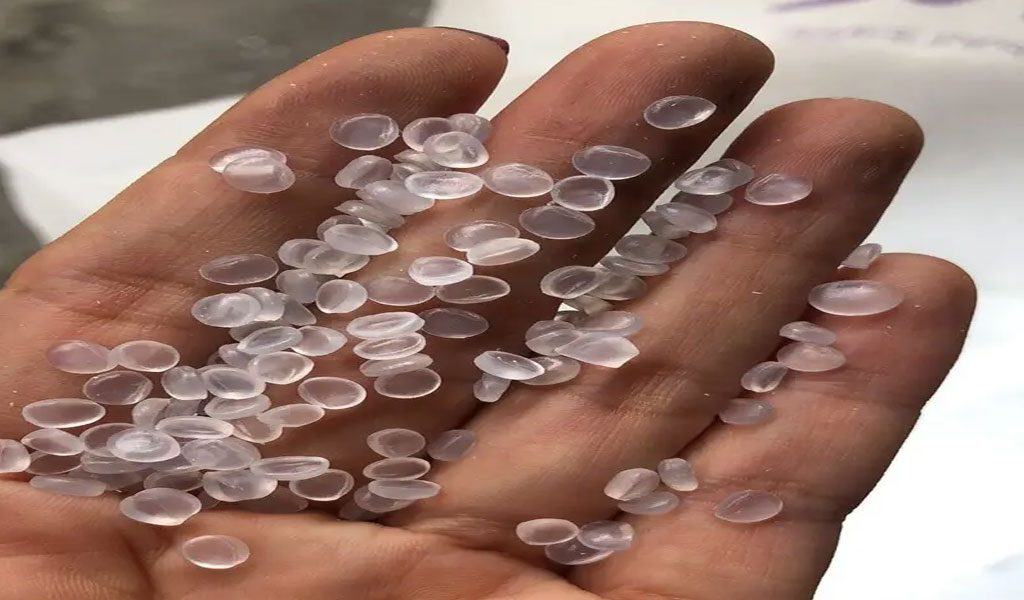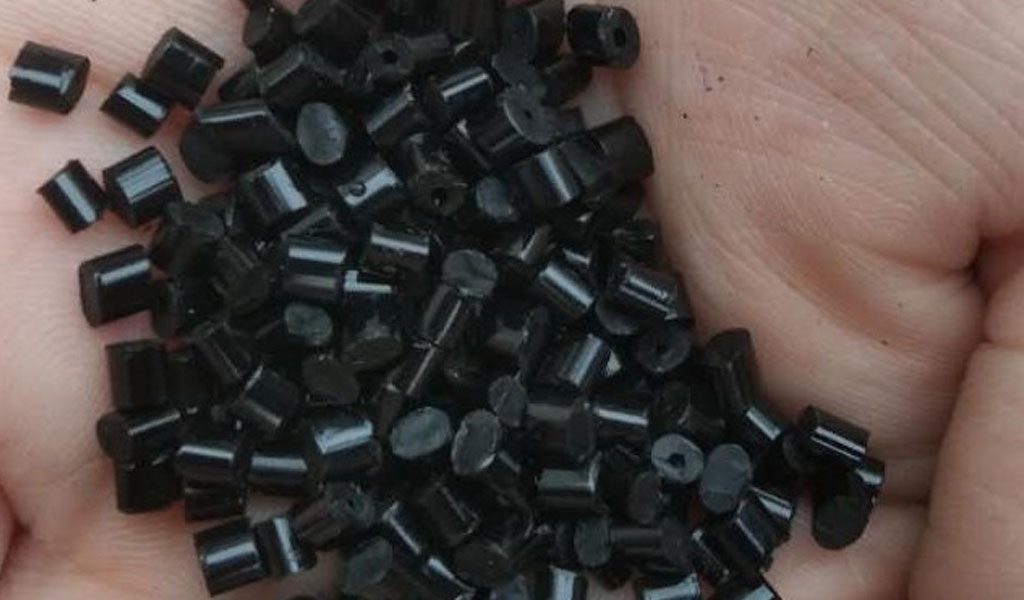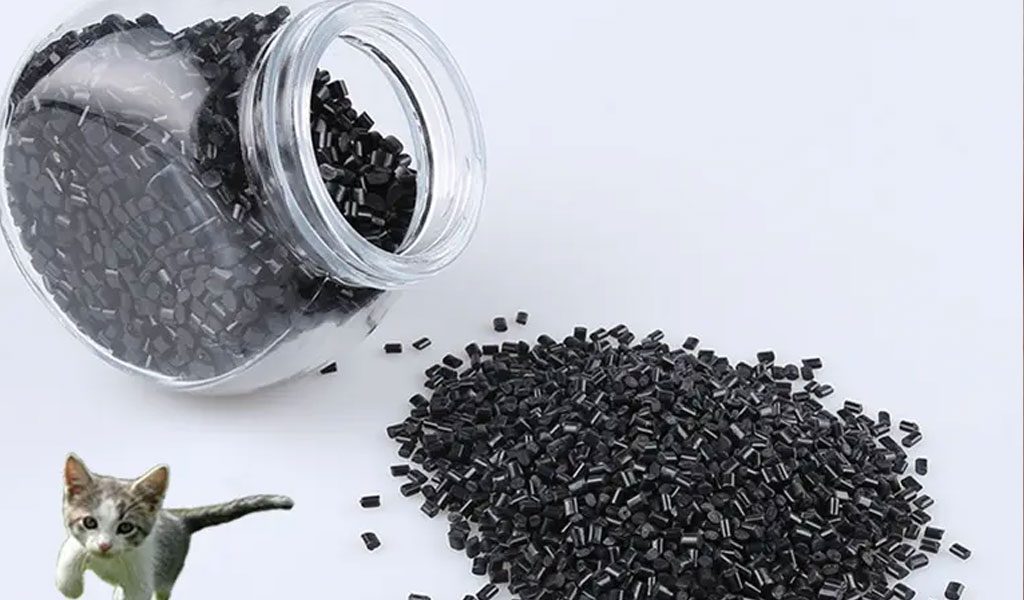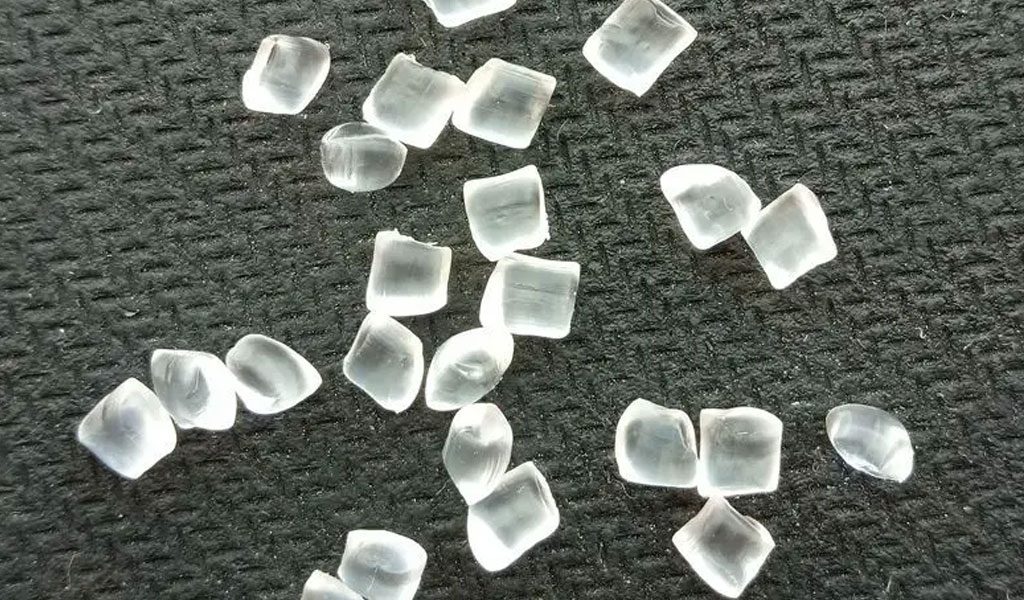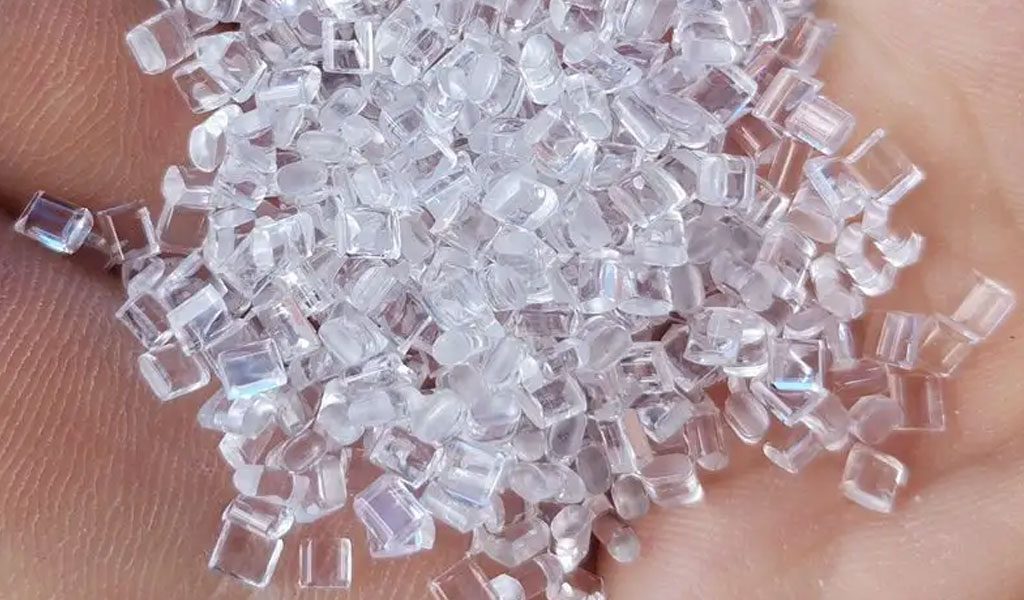

When it comes to UV resistance, certain plastics are better suited for outdoor applications or environments with prolonged exposure to sunlight. Here are seven UV-resistant plastics commonly used by engineering designers:
1.Polycarbonate (PC)
Polycarbonate is highly resistant to UV radiation and offers excellent impact strength. It is often used in outdoor applications such as automotive components, electronic enclosures, and safety glasses.
Polycarbonate (PC) is indeed a popular UV-resistant plastic used in various applications. Here are some key features and benefits of polycarbonate in terms of UV resistance:
- High UV stability: Polycarbonate exhibits excellent resistance to UV radiation, making it suitable for outdoor applications that require long-term exposure to sunlight.
- Transparency: Polycarbonate offers high clarity and transparency, allowing for the transmission of natural light while maintaining UV resistance. This makes it ideal for applications such as windows, skylights, and protective covers.
- Impact resistance: Polycarbonate is known for its exceptional impact strength, making it highly durable even in harsh outdoor environments. It can withstand extreme weather conditions, including exposure to UV radiation, without significant degradation.
- Lightweight: Polycarbonate is a lightweight material, which is advantageous for applications where weight reduction is desired. It is commonly used in industries such as automotive, aerospace, and electronics.
- Thermal stability: Polycarbonate has good resistance to high temperatures, ensuring that it retains its mechanical properties even in hot climates or under direct sunlight.
- Versatility: Polycarbonate is highly versatile, allowing for various fabrication techniques such as injection molding, extrusion, and thermoforming. It can be easily molded into complex shapes and designs, making it suitable for a wide range of applications.
- Chemical resistance: Polycarbonate demonstrates good resistance to many chemicals, including cleaning agents and solvents. This property further enhances its durability and makes it suitable for applications in the automotive, medical, and electronic industries.
Overall, polycarbonate is a popular choice for UV-resistant plastics due to its exceptional UV stability, transparency, impact resistance, and versatility in part design and fabrication.
2.Acrylic (PMMA)
Acrylic, also known as polymethyl methacrylate, is transparent and offers good UV resistance. It is frequently used for outdoor signage, windows, and light fixtures.
Acrylic, also known as polymethyl methacrylate (PMMA), is another UV-resistant plastic widely used in various applications. Here are some key features and benefits of acrylic in terms of UV resistance:
- Excellent UV stability: Acrylic offers excellent resistance to UV radiation, making it a popular choice for outdoor applications. It has the ability to resist yellowing, hazing, and degradation caused by prolonged exposure to sunlight.
- Optical clarity: Acrylic has exceptional transparency and optical clarity, allowing for high light transmission. This makes it suitable for applications such as windows, skylights, lenses, and displays where both UV resistance and visual clarity are important.
- Weather resistance: Acrylic demonstrates good resistance to weathering, including UV degradation, moisture, and temperature fluctuations. It retains its physical properties and appearance for extended periods, making it suitable for outdoor signage, architectural features, and automotive applications.
- Impact resistance: While not as impact-resistant as polycarbonate, acrylic still offers moderate impact strength. It can withstand minor impacts and stresses, but it may be prone to scratching or cracking under severe impacts.
- Easy fabrication: Acrylic is easy to machine, cut, and shape, allowing for a wide range of design possibilities. It can be easily molded, thermoformed, or laser-cut, making it popular in various industries such as advertising, lighting, and consumer goods.
- Lightweight: Acrylic is a lightweight material, making it advantageous for applications where weight reduction is desired without compromising on UV resistance or visual aesthetics.
- Chemical resistance: Acrylic exhibits good resistance to many chemicals, making it suitable for applications where exposure to cleaning agents or solvents is expected. However, it may be vulnerable to certain chemicals, so compatibility should be considered.
Acrylic’s combination of UV resistance, optical clarity, weather resistance, and ease of fabrication makes it a popular choice for applications that require both UV protection and visual appeal.
View More About Acrylic Latest Articles : Acrylic Machining Vs Polycarbonate Machining
3.Polyethylene (PE)
High-density polyethylene (HDPE) and low-density polyethylene (LDPE) are both resistant to UV radiation. These plastics find applications in outdoor furniture, storage tanks, and pipes.
Polyethylene (PE) is a family of plastics that includes high-density polyethylene (HDPE) and low-density polyethylene (LDPE). While not inherently UV resistant, certain formulations and additives can enhance their UV resistance. Here’s some information about UV-resistant polyethylene plastics:
- UV stabilizers: UV stabilizers can be added to polyethylene during the manufacturing process to improve its resistance to UV radiation. These additives absorb or scatter UV rays, minimizing their damaging effects on the plastic.
- Outdoor applications: Polyethylene with UV stabilizers is commonly used in outdoor applications that require UV resistance. This includes products like outdoor furniture, playground equipment, storage tanks, agricultural films, and water pipes.
- HDPE: High-density polyethylene is known for its strength, durability, and resistance to impact. It is often used in applications that require UV resistance, such as outdoor furniture, automotive parts, marine components, and water storage tanks.
- LDPE: Low-density polyethylene is more flexible and less rigid than HDPE. While it has lower UV resistance compared to HDPE, it can still be used in applications that require some level of UV protection. For example, LDPE films are used in agricultural applications like greenhouse covers and mulch films.
- Color considerations: The color of polyethylene can affect its UV resistance. Darker colors, such as black, tend to provide better UV protection compared to lighter colors. This is because dark colors absorb more UV radiation, preventing it from reaching the underlying plastic.
- Maintenance and lifespan: Despite UV stabilizers, polyethylene can still degrade over time when exposed to prolonged sunlight. Regular maintenance, such as cleaning and applying protective coatings, can help extend the lifespan of UV-resistant polyethylene products.
It’s important to consult with the manufacturer or supplier to ensure that the specific polyethylene product you are using has appropriate UV resistance properties for your intended application. They can provide guidance on the recommended grades, additives, and design considerations to enhance UV resistance in polyethylene plastics.
4.Polypropylene (PP)
Polypropylene exhibits good UV resistance, making it suitable for various outdoor applications such as automotive parts, garden equipment, and packaging materials.
Polypropylene (PP) is a widely used thermoplastic that offers moderate UV resistance. While it may not have the same level of UV stability as some other plastics, such as polycarbonate or acrylic, there are several factors to consider regarding its UV resistance:
- UV stabilizers: Like other plastics, UV stabilizers can be added to polypropylene during the manufacturing process to enhance its resistance to UV radiation. These additives help absorb or scatter UV rays, reducing the degradation caused by sunlight exposure.
- Outdoor applications: Polypropylene with UV stabilizers is commonly used in outdoor applications where moderate UV resistance is required. This includes products like automotive components, outdoor furniture, garden equipment, and various household items.
- Color considerations: The color of polypropylene can affect its UV resistance. Darker colors, especially black, tend to provide better UV protection compared to lighter colors. Dark colors absorb more UV radiation, reducing its impact on the underlying plastic.
- Degradation over time: Despite the addition of UV stabilizers, polypropylene may still degrade over time when exposed to prolonged sunlight. The rate of degradation depends on factors such as UV intensity, exposure duration, and environmental conditions. Regular maintenance and protective measures, such as coatings or shading, can help prolong the lifespan of UV-exposed polypropylene parts.
- Co-polymerization: Polypropylene can be co-polymerized with other monomers or additives to improve its UV resistance. Co-polymerization can enhance the UV stability of the material, making it better suited for outdoor applications with extended exposure to sunlight.
While polypropylene may not be the most UV-resistant plastic on its own, the addition of UV stabilizers, color considerations, and co-polymerization can improve its UV resistance for specific applications. It’s recommended to consult with manufacturers or suppliers to determine the best formulation and design considerations for UV-resistant polypropylene parts.
5.Polyvinyl Chloride (PVC)
PVC is inherently resistant to UV radiation and is commonly used in outdoor applications like window profiles, pipes, and electrical cable insulation.
Polyvinyl Chloride (PVC) is a versatile plastic that can be formulated to offer good UV resistance. Here’s some information about PVC as a UV-resistant plastic:
- UV stabilizers: PVC can be modified with UV stabilizers during its formulation to enhance its resistance to UV radiation. These additives help absorb or scatter UV rays, reducing the degradation caused by sunlight exposure.
- Outdoor applications: PVC with UV stabilizers is commonly used in outdoor applications where UV resistance is required. This includes products like window profiles, pipes, vinyl siding, fencing, decking, and electrical cable insulation.
- Color considerations: The color of PVC can influence its UV resistance. Darker colors, particularly black, tend to provide better UV protection compared to lighter colors. Dark colors absorb more UV radiation, shielding the underlying PVC from degradation.
- Weatherability: PVC exhibits good weatherability, including resistance to UV radiation. It can withstand outdoor exposure for extended periods without significant degradation or discoloration.
- Durability: PVC is known for its durability, which contributes to its ability to resist UV damage. It can withstand the stresses and environmental conditions associated with outdoor applications, making it suitable for long-term UV exposure.
- Maintenance and lifespan: While PVC is UV resistant, prolonged exposure to sunlight can still cause some degradation over time. Regular maintenance, such as cleaning and applying protective coatings, can help prolong the lifespan of UV-exposed PVC products.
It’s important to note that certain formulations of PVC may have different levels of UV resistance. It’s advisable to consult with manufacturers or suppliers to ensure that the specific PVC product you are using has appropriate UV resistance properties for your intended application.
Overall, PVC with UV stabilizers is commonly used in a wide range of outdoor applications due to its UV resistance, weatherability, and durability.
6.Polyethylene Terephthalate (PET)
PET is known for its excellent UV resistance, transparency, and impact resistance. It is often used in outdoor bottles, packaging, and electrical components.
Polyethylene Terephthalate (PET) is a thermoplastic polyester known for its excellent UV resistance. Here’s some information about PET as a UV-resistant plastic:
- Inherent UV resistance: PET has inherent UV resistance, making it highly suitable for outdoor applications that require long-term exposure to sunlight. It can withstand UV radiation without significant degradation, yellowing, or loss of mechanical properties.
- Transparency: PET offers good transparency, allowing for the transmission of natural light while maintaining UV resistance. This property makes it suitable for applications such as outdoor bottles, packaging, and electrical components where UV protection is necessary.
- Weather resistance: PET demonstrates good weatherability, including resistance to UV radiation, moisture, and temperature variations. It retains its physical properties and appearance for extended periods, making it suitable for outdoor signage, displays, and architectural features.
- Chemical resistance: PET exhibits good resistance to a wide range of chemicals, including cleaning agents and solvents. This chemical resistance further enhances its durability and makes it suitable for applications in the automotive, medical, and electronic industries.
- Recyclability: PET is a highly recyclable plastic. It can be collected, processed, and reused for various applications, contributing to sustainability efforts.
- Lightweight and strong: PET is lightweight yet offers good mechanical strength. It is known for its impact resistance, making it suitable for applications where both UV resistance and durability are required.
- Ease of processing: PET is easy to process using various manufacturing techniques, such as injection molding and extrusion. It can be molded into complex shapes and designs, allowing for versatile part production.
PET’s combination of UV resistance, transparency, weatherability, chemical resistance, recyclability, and ease of processing makes it a popular choice for UV-resistant plastics in a wide range of applications, including packaging, bottles, electrical components, and outdoor products.
7.Polyoxymethylene (POM)
POM, also known as acetal or Delrin, exhibits good UV stability. It is commonly used in outdoor gears, bushings, and automotive components.
Polyoxymethylene (POM), also known as acetal or Delrin, is a versatile engineering plastic with limited inherent UV resistance. While it is not highly UV resistant on its own, there are some considerations regarding POM in relation to UV exposure:
- UV stabilizers: POM can be compounded with UV stabilizers during the manufacturing process to improve its resistance to UV radiation. These additives help absorb or scatter UV rays, reducing the potential degradation caused by sunlight exposure.
- Limited UV resistance: POM’s UV resistance is typically lower compared to other plastics like polycarbonate or acrylic. Prolonged exposure to UV radiation can lead to color fading, surface degradation, and reduced mechanical properties in POM.
- Color considerations: The color of POM can affect its UV resistance. Darker colors tend to provide better UV protection compared to lighter colors as they absorb more UV radiation.
- Protective measures: If UV resistance is critical for a POM application, additional protective measures can be taken. These include using UV-protective coatings, additives, or employing proper design considerations like avoiding direct and prolonged exposure to sunlight.
- Indoor applications: POM is often used in indoor applications where UV exposure is minimal or controlled. It is commonly used in automotive, mechanical, and electrical applications where UV degradation is not a significant concern.
It’s important to note that POM’s UV resistance may vary depending on the specific formulation and manufacturer. It’s recommended to consult with manufacturers or suppliers to understand the UV resistance capabilities of their POM/Delrin CNC Machining products and any specific guidelines for UV-exposed applications.
If UV resistance is a critical requirement for a particular application, alternative materials with higher inherent UV resistance, such as polycarbonate or acrylic, may be more suitable.
Be-Cu Can Help You Choose the Right UV-Resistant Plastics
Here at Be-Cu, our materials and manufacturing experts can help you pick the best plastic material for your next project. We work with a carefully vetted network of manufacturing partners who excel at 3D printing, plastic parts machining, injection molding, and urethane casting and are experienced working with a range of materials — which is especially important since some UV-resistant plastics are challenging to process. No matter how complex your design or the material you use, we’ll deliver the quality parts you need, fast.






